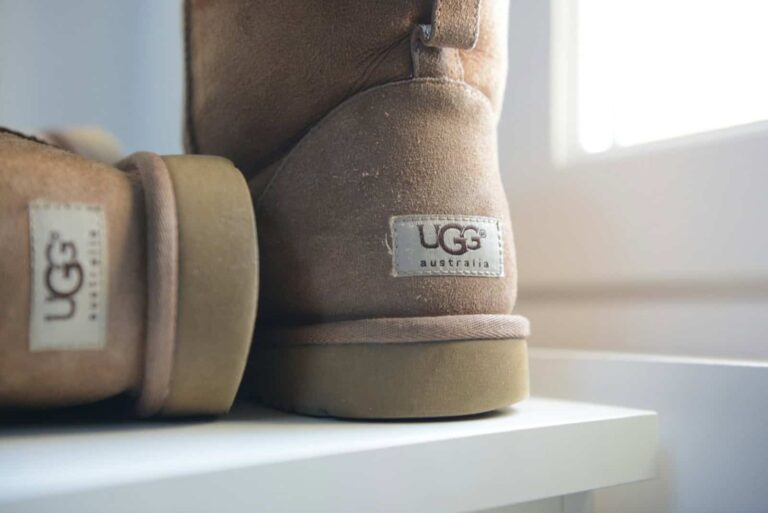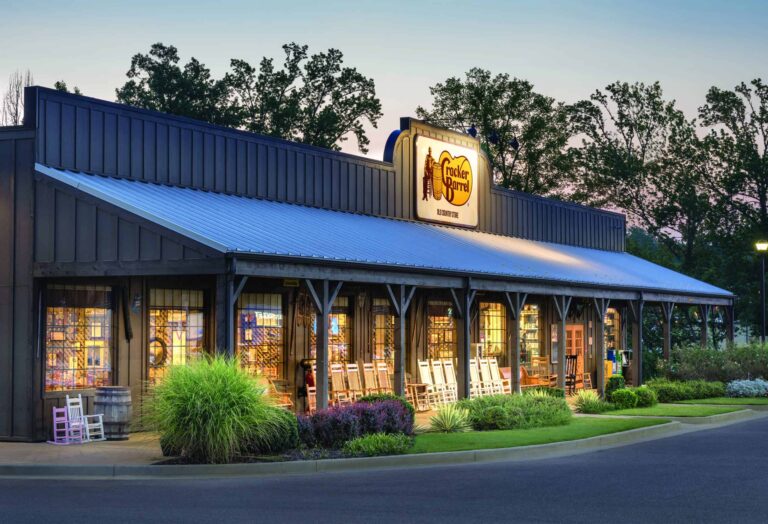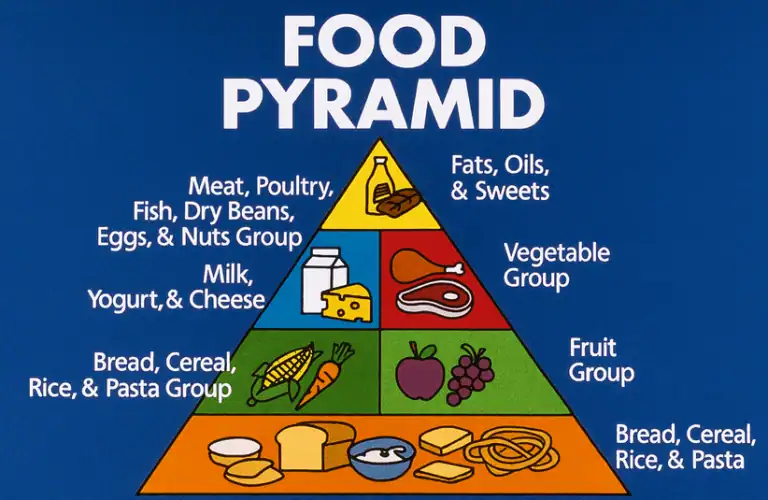Ford Fair Lane 7 Generation Car
The Ford Fairlane is an automobile model that was sold between the 1955 and 1970 model years by Ford in North America. It took its name from, interestingly, the Dearborn, Michigan estate of Henry Ford; the Fairlane nameplate was used for 7 different generations of vehicles. Through its production, the model line would be marketed in a variety of body types, including two-door and four-door sedans, two-door and four-door hardtops, station wagons, and both traditional and retractable-hardtop convertibles. Has there ever been a car this diverse produced?
Ford Fairlane Generations

First Generation
For the 1955 model year, the Ford Fairlane brand replaced the Crestline as Ford’s premier full-sized offering. Six different body styles were offered, including the Crown Victoria Skyliner with a tinted, transparent plastic roof, the regular Crown Victoria coupe with much stainless-steel trim, a convertible Sunliner, the Victoria hardtop coupe, and traditional sedans. All featured the trademark stainless-steel “Fairlane stripe” on the side. Power options were a 223 cubic inch straight-6 engine and a 272 cubic inch V8. The 292 cubic inch Y-block was offered as an option and was called the Thunderbird V-8.
Second Generation
For 1957, a new style gave a longer, wider, lower, and sleeker look with low tailfins, producing a second-generation Ford Fairlane. The new proportions and modern styling were a hit with customers to the extent that the Ford outsold Chevrolet in 1957 for the first time since 1935. The engine choices were largely the same as the year before. The big news for 1957 was the introduction of the Fairlane 500 Skyliner power retractable hardtop.
Third Generation
Full-sized Fairlane 500 models were restyled for 1960 and again for the 1961 model year, making a third generation. The Galaxie series continued as the top-of-the-line full-sized Ford. Fairlane 500s were demoted to mid-level in the lineup and were equivalent to the Chevrolet Bel Air. Fairlanes were primarily sold as base-level trim models for fleet use (taxi, police). Two body styles were available, a 2-door pillared sedan and a 4-door pillared sedan (Town Sedan).
Fourth Generation
The Ford Fairlane name was moved to Ford’s new intermediate, introduced for the 1962 model year, to bridge the gap between the compact Ford Falcon and the full-sized Galaxie, making it a competitor for General Motor’s A-body “senior compacts.” With an overall length of 197 inches and a wheelbase of 115.5 inches, it was 16 inches longer than the Falcon.
Fifth Generation
For 1966, the Fairlane became a long wheelbase longer body version of the revised Falcon platform with the mid-size wagon bodies common to both model lines, and hence a fifth generation. The XL, GT, and GTA packages were introduced, as well as a convertible to join the existing range of sedans, hardtops, and station wagons. The “K-code” 289 CID engine was dropped this year. The GT featured a 390 CID FE V8 as standard, while the GTA also included the newly introduced the SportShift Cruise-o-Matic automatic transmission. The GT/GTA 390 CID engine developed 335 horsepower with higher compression and had a four-barrel carburetor.
Sixth Generation
A redesign of the Ford Fairlane was introduced for the 1968 model year, and made a sixth generation of this car, which continued the similarity to the Ford Galaxie series. The wheelbase remained at 116 inches, but it grew in other dimensions. They were about four inches longer and 200 pounds heavier than the cars they replaced. A fastback Sportsroof model was introduced in the Fairlane 500 series, as well as a more luxurious Torino model at the top of the intermediate range, contributing 172,083 of the Fairlane’s 371,787 units sold that year.
Seventh Generation
The Ford Fairlane grew again in 1970, now with a 117-inch wheelbase. This was a seventh generation of the car, and the larger size spelled its doom. The straight six-cylinder engine was the economy power, while the largest engine was now 429 cubic inches with a four-barrel carburetor and 360 horsepower. Other options included the Cobra Jet Ram Air 429, though Ford quoted the same power output, and the Drag Pack rated at 375 horsepower. However, the 1970s were slower than the 1969s, and race teams were forced to run the older models.
Conclusion
After the introduction of the Ford Galaxie, the Ford Fairlane 500 (and Fairlane itself) became Ford’s base models until 1962, when it was repackaged as an intermediate-segment car from 1962 to 1970. For 1971, Ford expanded the Ford Torino nameplate across its entire intermediate range, dropping the Fairlane brand in North America. That proved the end of the car that was named after the street where Henry Ford lived.







